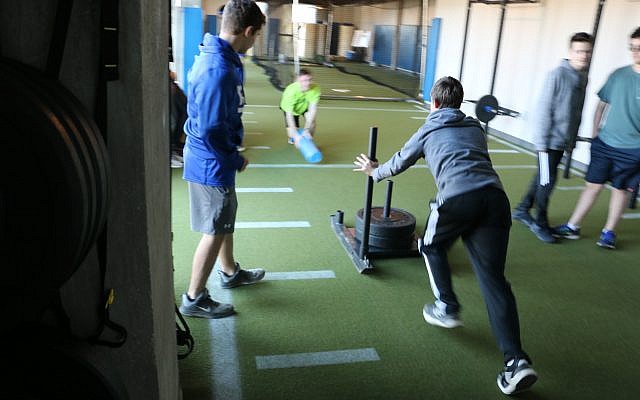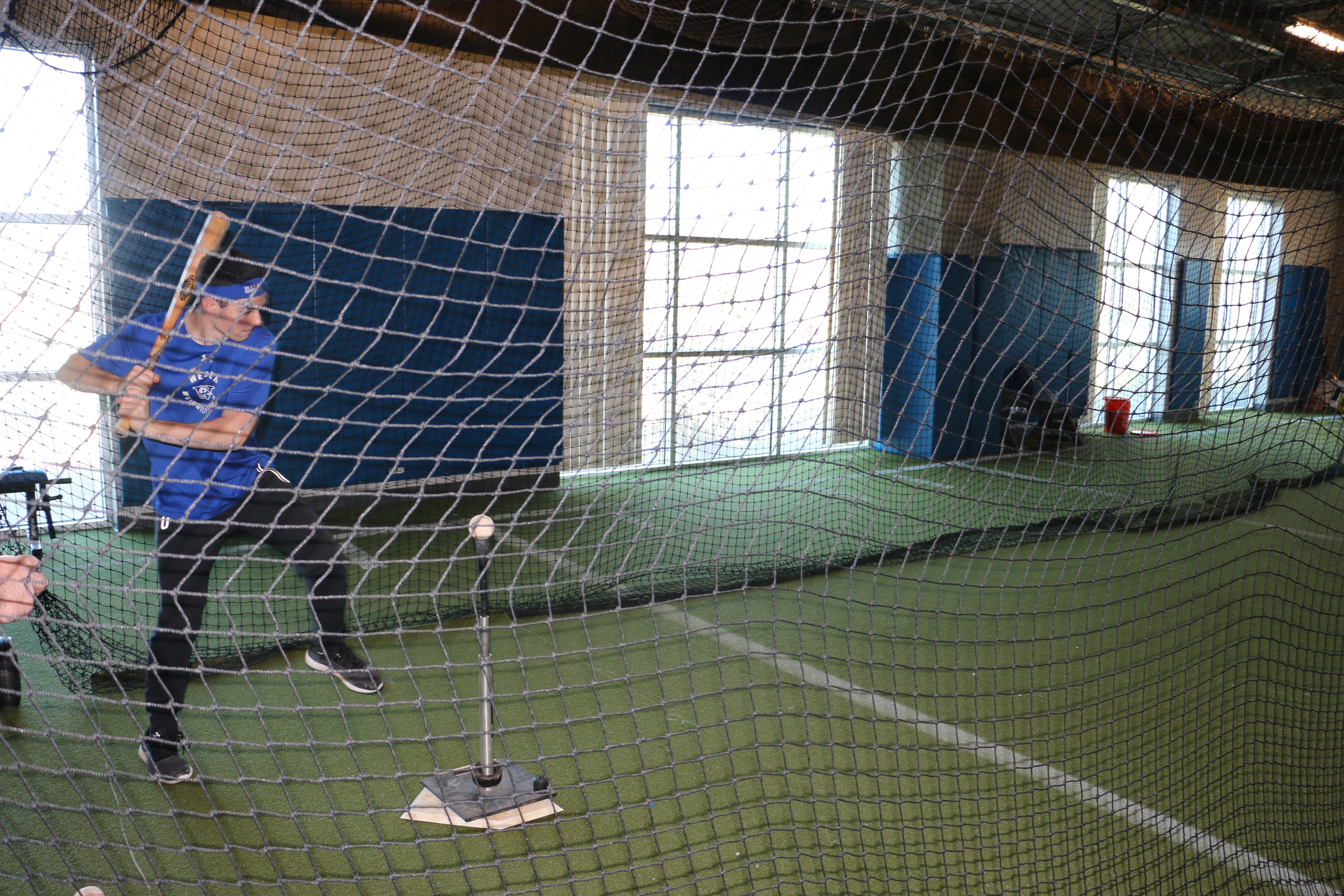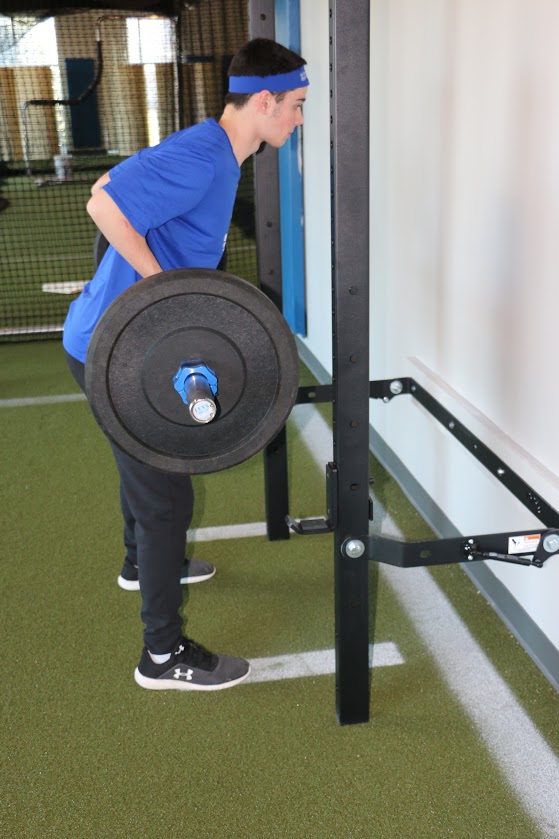Weber Launches Innovative Sports Science Program
As a fresh school year quickly approaches, students at The Weber School have a a new opportunity to take advantage of, the launch of the Sports Science Academy.

As a new school year quickly approaches, students at The Weber School have a an opportunity to take advantage of the launch of the Sports Science Academy. The program, which offers an honors diploma, joins Weber’s Daniel Zalik Academy of Science, Technology, Engineering and Design.
“A lot of us, myself included, wanted to be professional athletes when we grew up,” said Athletic Director Scott Seagraves. “The truth is, that talent is few and far between, but for those who really just love sports and want to stay involved and make athletics a living, this allows them to stay in the field.”
After the idea first struck in December 2018 and it was announced at the end of last school year, the sports science program is nearing its kickoff thanks in large part to student demand. Two of the faculty involved in shaping the new program, Seagraves and Assistant AD Jessica LaGala, spoke to the AJT about the initiative.
“Students were interested in our strength and conditioning program and continued to ask questions about it,” LaGala said. “They were the catalyst for this program growing because they wanted to know more about nutrition and about injuries and continued to ask things and say, ‘You should have a class about this.’”
So those new classes were formed. The first step in the program is still the strength and conditioning class, where students “begin to learn the movement patterns and understand what different exercises do for different parts of your body and how to do those exercises correctly,” said Seagraves.
From there, the students have the choice of three electives, fitness programming and application, sports nutrition and sports medicine, all of which are then followed by an internship/externship, which can take countless forms to fit student’s needs.
“[Among] the students that are enrolled in our internship program for this fall, one is an intern at a sports radio station doing sports broadcasting,” LaGala said. “If they want something outside of Weber, we’re trying to set up that network for them, but if they have a connection and it fits, we’re all for it.”
Senior year is the culmination of the program, as students take what they’ve learned from their electives and work experience and begin a research methods and analysis class, which allows them to further refine their own course of study.
“One of the unique things about this program and the things that we work really hard to do is that we didn’t want this program to be out on an island,” Seagraves said. “We’ve worked really hard give the students the chance to work with our English department, or our physics department, or math department through the research methods class.”
While that course load may seem rigorous, those individual classes are open to students of all grade levels. For the honors diploma, an early start is very important, he said.
“Most of these classes are elective classes, so anyone at any grade level can take them if they’re interested in that particular class,” Seagraves said. “If they want to run through from beginning to end, we prefer they start as freshmen, but they need to get into it as sophomores at the latest.”
With the continued growth of sports medicine and physical therapy programs at the college level, getting a start in these fields in high school is practically unheard of, according to LaGala.

“If they already have a basic understanding of anatomy and physiology and a comprehension of what an athletic trainer does and why, when they start these programs in college they’ll know some of the terminology and some of the common sports injuries, it will give them a leg up,” she said.
Weber’s Sports Science Academy is one of only a handful of high school programs in the country, which means setting curriculum has been one of the challenges of getting it off the ground.
“I’ve found four other schools, in Maryland, California, Texas and Florida,” Seagraves said. “We looked at what all those other programs were doing and how they built their classes and took it from there.”
While the depth of the Sport Science program was new for Atlanta, Weber was able to learn from classes at other local schools, such as those offering sports medicine, LaGala said.
Weber’s first cohort of students in the Sports Science Academy begins this fall, and with 55 students enrolled in at least one of the classes, it seems poised for a big start.



comments